Table of Contents
In a surprising turn of events, after over a year of escalating trade tensions and fiery rhetoric, the United States and China have finally come to the negotiation table. On May 6, 2025, top trade officials from both countries met in Switzerland, marking the first high-level dialogue since the imposition of U.S. tariffs on Chinese goods in January 2025. What prompted these talks, and what do they mean for U.S.-China relations?
This blog closely examines why the U.S. and China are finally engaging in dialogue after months of antagonism and the broader geopolitical and economic forces at play.
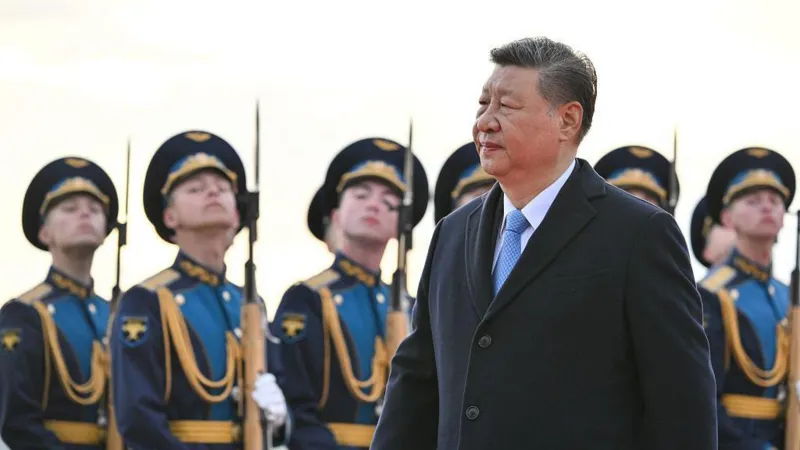
The High Stakes of the U.S.-China Trade War
The U.S.-China trade war, which has seen punitive tariffs imposed on both sides, escalated dramatically under the Trump administration. At its peak, new U.S. tariffs on Chinese imports reached 145%, while Chinese tariffs on U.S. exports stood at 125%. Over months of tit-for-tat tariffs, both countries engaged in a battle of rhetoric and economic maneuvering, each side trying to outlast the other.
Yet, as the economic pressure mounted, both sides began to recognize the need for a breakthrough. This realization culminated in the recent meeting between U.S. President Donald Trump and Chinese trade officials. So, what exactly changed to bring the two countries to the table now?
The Timing: Why Now?
Saving Face: Who Will Blink First?
One of the main reasons the talks are happening now is the recognition that neither side can afford to back down without appearing weak. Stephen Olson, a senior fellow at Singapore’s ISEAS-Yusof Ishak Institute, explains, “Neither side wants to appear to be backing down.” Both nations are trying to navigate a delicate diplomatic dance: while they continue to show tough stances on their respective positions, both understand that progress is necessary for the stability of their economies and the global market.
Although China’s Ministry of Foreign Affairs insists that the talks were initiated at the request of the U.S., Trump, in turn, suggests that the Chinese leadership is the one eager to negotiate, claiming that their economy is in decline and they are desperate to resolve the trade issues. This back-and-forth only highlights the tension under the surface, where each side is still trying to maintain a position of strength in the negotiations.
The Role of Xi Jinping and Global Power Dynamics
The talks are happening at a strategic time in the broader geopolitical context. Chinese President Xi Jinping was in Moscow during the same period, strengthening ties with Russia amid tensions with the U.S. This reflects China’s global strategy, where it positions itself not only as an economic powerhouse but also as a strategic leader in a multipolar world.
Xi’s visit to Moscow and his participation in Russia’s Victory Day parade serve as a reminder to the U.S. that China is not isolated. It has multiple global alliances and options for trade partnerships beyond the U.S. The broader geopolitical landscape forces the U.S. to reassess its approach to China, especially as Beijing continues to present itself as an alternative leader for the Global South.

Economic Pressures: Why Both Sides Are Feeling the Heat
The escalating tariffs have had significant economic consequences for both countries. For China, factory output and manufacturing activity have suffered, with April 2025 seeing the lowest manufacturing levels since December 2023. Chinese exporters are feeling the strain, as the U.S. tariffs have led to stockpiles of unsold goods in warehouses. Although China has tried to shift focus to other markets, the U.S. market remains crucial.
For the U.S., the trade war has created uncertainty, with industries heavily reliant on Chinese imports facing increasing difficulties. For example, toy companies in Los Angeles have expressed concerns over the supply chain disruptions, warning of potential inflation and product shortages. President Trump himself acknowledged that U.S. consumers could feel the impact of tariffs, noting that everyday goods could become more expensive, with some products even being scarcer.
The economic damage on both sides has prompted a reassessment of their positions. The need to stabilize and reassure businesses and markets has created an opening for dialogue, even if both countries continue to maintain strong rhetoric.
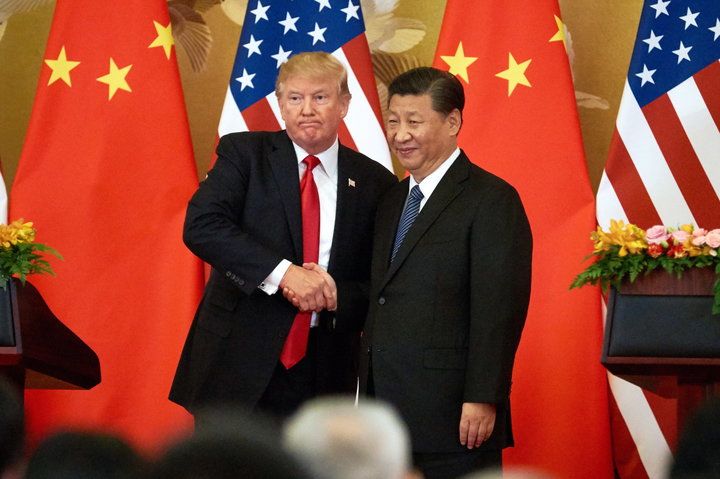
What’s on the Table? Phase One Deal or More?
As the talks move forward, expectations remain cautiously optimistic. Bert Hofman, a professor at the East Asian Institute in Singapore, points out that the current talks could be “Phase One Deal on steroids”, meaning they will likely aim to address more contentious issues, beyond the earlier phase one trade deal reached in 2020.
Key issues on the table include:
- Chinese government subsidies to key industries
- Fentanyl trade enforcement, which the U.S. insists China take more action on
- Security concerns, including China’s relationship with Russia and its growing influence in global markets
However, experts warn that these talks will likely take months to reach any substantial agreements. The U.S.-China relationship is fraught with systemic frictions, and both sides will need to navigate issues like tariff removal, supply chain transparency, and market access before any significant breakthroughs can occur.
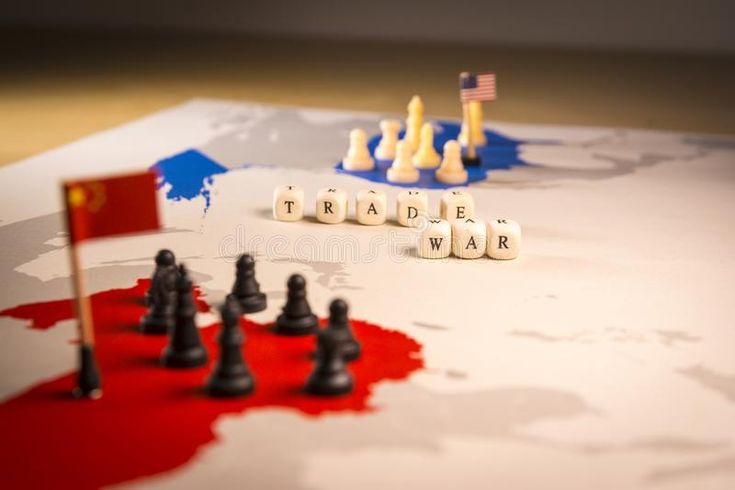
Looking Ahead: The Future of U.S.-China Trade Relations
While the Geneva talks mark a positive step forward, the road to a comprehensive deal will likely be long and difficult. The trade war has left deep scars on both economies, and many economic flashpoints remain unresolved. However, the fact that both countries are engaging in dialogue is a positive sign, signaling that the U.S. and China recognize the need for constructive discussions.
Stephen Olson highlights the importance of these discussions: “A couple of days of meetings in Geneva will serve that purpose,” meaning that even if no deal emerges immediately, the talks themselves serve to stabilize the situation and provide reassurance to nervous markets and stakeholders.
Ultimately, while these discussions may not resolve the core frictions between the U.S. and China, they represent a crucial opportunity for both sides to move toward a more stable, predictable economic relationship—one that could have far-reaching implications for global trade and geopolitical dynamics.
Author Profile
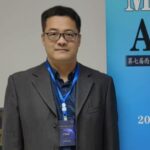
- Li Li, associate professor and master’s supervisor at Southwest University. B.A. in English for Education from Southwest Normal University, M.A. in English Translation and Interpretation from China Foreign Affairs University, Ph. D. in Japanese Cultural History from Nankai University (all above are in China). Also has studied at Osaka Sangyo University and Kokugakuin University in Japan and been a Fulbright visiting scholar to Western Kentucky University in US. A multidisciplinary and versatile instructor with a trilingual mastery of Chinese, English and Japanese, known for Combining foreign language teaching with history and humanity cultivation. Academic researches center on Japanese history, international relations and Western culture studies. Work experiences include teaching at Capital Normal University, Chongqing Normal University, and Southwest University. Has published multiple academic papers, translated works, authored or co-edited several textbooks and monographs; provided language services for several high-level and high-profile international events.
Latest entries
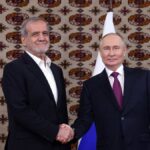 GeopoliticsAugust 22, 2025The Limits of Russia’s Friendship: Moscow’s Calculated Response to the Iran Crisis
GeopoliticsAugust 22, 2025The Limits of Russia’s Friendship: Moscow’s Calculated Response to the Iran Crisis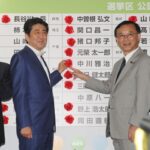 Japanese PoliticsJuly 22, 2025Japan’s Upper House Election: Prolonged Instability and Its Impact on Domestic and Foreign Policy
Japanese PoliticsJuly 22, 2025Japan’s Upper House Election: Prolonged Instability and Its Impact on Domestic and Foreign Policy Middle East AffairsJuly 20, 2025Will Israel Ever Face Consequences for Bombing Its Neighbours?
Middle East AffairsJuly 20, 2025Will Israel Ever Face Consequences for Bombing Its Neighbours? Energy & ClimateJuly 13, 2025Iran Conflict: Four Lessons Learned for the Oil Market
Energy & ClimateJuly 13, 2025Iran Conflict: Four Lessons Learned for the Oil Market


3 comments
The text describes a person’s academic and professional career, highlighting their education, research, teaching experiences, and some of their publications and contributions. Here’s a summary of the key points:
– **Education**:
– B.A. in English for Education from Southwest Normal University.
– M.A. in English Translation and Interpretation from China Foreign Affairs University.
– Ph.D. in Japanese Cultural History from Nankai University.
– Studied at Osaka Sangyo University and Kokugakuin University in Japan.
– Fulbright visiting scholar to Western Kentucky University in the US.
– **Teaching**:
– Known for combining foreign language teaching with history and humanity cultivation.
– Has taught at Capital Normal University, Chongqing Normal University, and Southwest University.
– **Academic**:
– Research focuses are Japanese history, international relations, and Western culture studies.
– Has published multiple academic papers, translated works, authored or co-edited several textbooks and monographs.
– **Language**:
– Proficient in Chinese, English, and Japanese.
– Provided language services for several high-profile international events.
This summarizes the individual’s background, qualifications, and professional contributions in the academic and language services fields.
This is an impressive academic profile showcasing a diverse and accomplished career. It’s fascinating to see how Li Li has combined language teaching with history and cultural studies, creating a multidisciplinary approach. The international exposure, from Japan to the US, adds a unique depth to their expertise. I wonder how they balance teaching, research, and translation so effectively. Their contributions to high-profile international events must have been invaluable. Do you think this kind of multidisciplinary approach is the future of education? I’d love to hear more about their experiences at Western Kentucky University and how it influenced their teaching methods. What challenges did they face while working across such diverse cultural and academic environments?
This was such a refreshing read! Thanks for sharing your perspective—it really got me thinking.